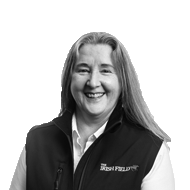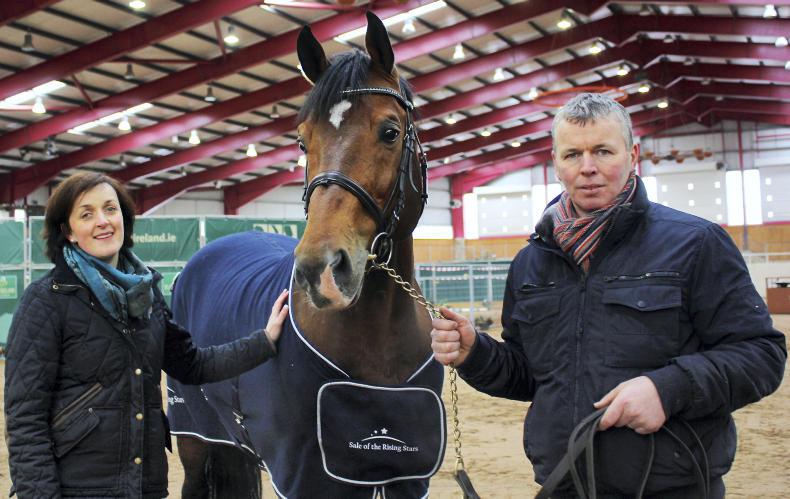STRIKING it lucky with a horse is one thing we may all hope for but making a plan is always going to be a better bet.
Whether horses stay sound, campaign well and pay for themselves is always a gamble, all risks considered, and the difficulty for most breeders when it comes to upgrading their stock always comes down to brass tacks - the financial figures.
There were packed attendances at last winter’s National Equine Conference hosted by Teagasc and more recently at Horse Sport Ireland’s International Marketing Symposium which both hosted a top line-up of speakers and brought forward some great tips and advice that are worth bearing in mind for any breeding operation.
Space restrictions in this packed 32-page Stallions 2017 issue – our biggest ever – dictate that I cut to the quick and bring, what for me, echoed as the most practical advice from those two conferences that could be readily applied to any size operation.
Tom Brennan of Mill House Stud, Co Kilkenny, contributed from the floor of the Teagasc conference and advised people to basically have a three-pronged plan with horses.
“Breeders, three or four, should get together. Go to a rider like Greg (Broderick). Buy a top filly foal, do a few embryos out of her from three to five and then you have four or five top-class animals out of her. The rewards can be phenomenal. Top horses can make huge money. Look at the thoroughbred business, one person on their own cannot afford to have a top-class mare. It can give a better return than buying a house. You have to be lucky of course. Go to the likes of the Gregs, the Barrys (Barry O’Connor); the Ger O’Neills out there. If you do it right, there’s a huge return on investment. Horses are bred by design now, not by luck,” he said.
Similarly, at the recent HSI Symposium, top Kilkenny show jumper and breeder Marion Hughes advised breeders to team up with riders and also ask their advice about what particular horses were like to jump and work with when it comes to choosing a sire.
Teagasc Farm Structures Specialist Thomas Curran, whose area is developing models where farmers/horse breeders can work together and collaborate, addressed the Teagasc National Equine Conference on this topic.
Communication and a well-written agreement are essential.
The “knock a hole in the hedge” model was outlined whereby neighbouring holdings can each benefit from the partnership arrangement, be it through leasing available land; sharing financial burdens of a joint project or lifestyle benefits such as labour-sharing.
Curran described the functionality of the agreement as key to its success.
“What form is it going to take? Who has responsibility for what? You put the work in at the beginning so it is constructed correctly and will run smoothly. A lot of agreements in the sport horse world are word of mouth but things can chance and with this form of agreement, you have very little to go back on. It does not provide for eventualities,” he said.
Urging people to take a broad view, Curran advised that the core values of trust and respect for others, their circumstances and goals is essential. “Being upfront and honest is important. The most important thing is communication and most problems start when people do not communicate properly.
“These arrangements are not lifetime, they are for a period of time. The personal circumstances of people have a huge impact on these arrangements. A written agreement is a record of what you discussed verbally and agreed. It’s a written commitment. Both parties have a copy. You hope you are not lifting it out of the drawer too often,” said Curran.
Agreements of this nature have worked very well in dairy farming and are included in the new Equine Knowledge Transfer Groups. “It’s about bringing skills and opportunities together. You have to think about the potential of this type of partnership in the equine industry,” said Curran.
The main benefits are improved work/life balance; sharing of workload; reduced isolation; skills mix; better use of resources such as land leasing.
After boiling the top advice available down, I find it comes down to one central message and two key words: Partnerships and Communication.


 This is a subscriber-only article
This is a subscriber-only article
 It looks like you're browsing in private mode
It looks like you're browsing in private mode












SHARING OPTIONS: